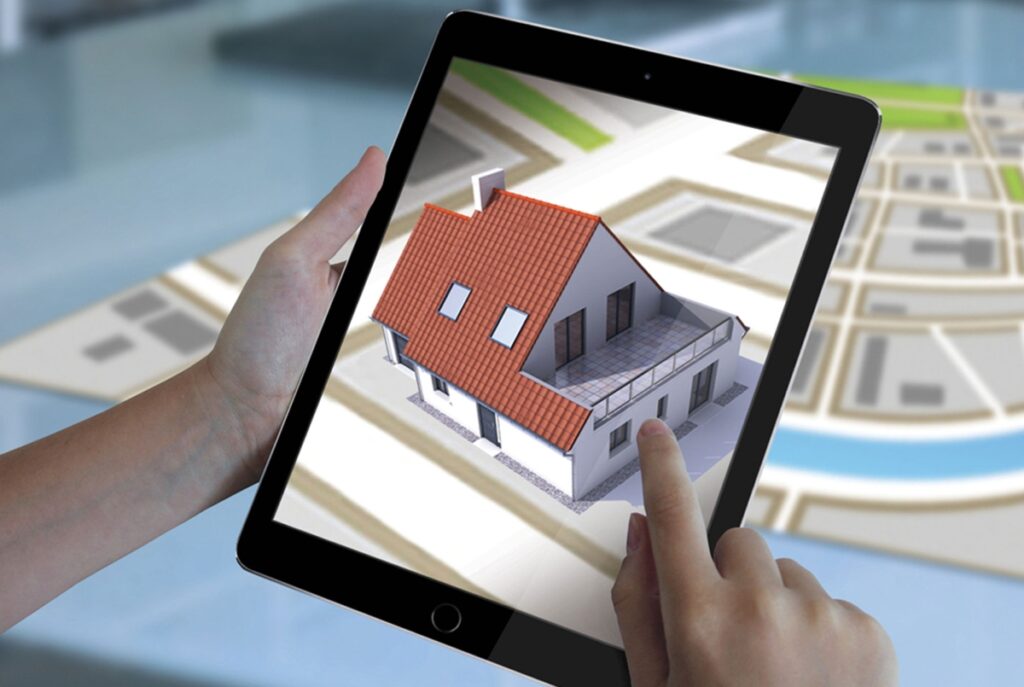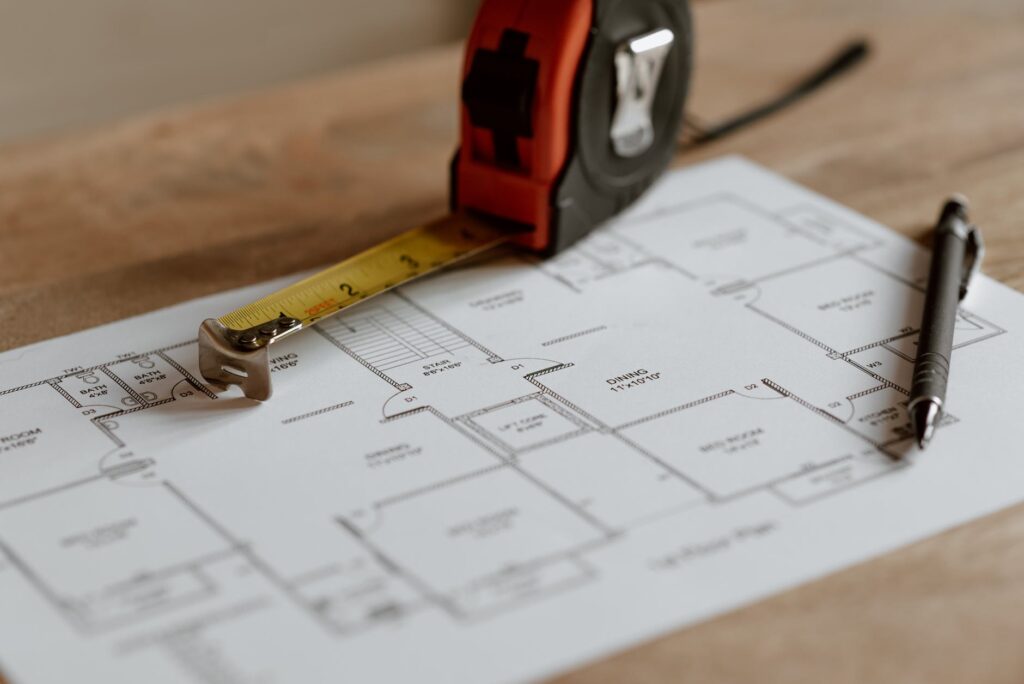Trying to sell your house in an oversaturated market? Keep in mind that prospective buyers will likely comb through numerous online listings before scheduling a tour, much less making a purchase decision.
During this period of searching, it is common for the details of each listing to become fuzzy in the buyer’s mind, and the details of your home listing might end up forgotten or mixed up with another listing. In order to avoid this, you will want to tailor your “home for sale” listing to ensure it stands out in the mind of the potential buyer. Using technology to your advantage can make the difference between a successful sale and a failed one.
What to Consider Before You Begin
Keep in mind that technology isn’t a magic wand when it comes to selling a home. Real estate agents, a good example would be The Kay-Grant Group who also leverages a lot of the following technology, are the best sources of information about the market and can help you sell your home. But technology can’t take their place.
When selling a high-end home, you should not expect to recoup the cost of technology because technology doesn’t often make high-end homes stand out from each other. For homes of lower value, it can make a big difference. If your home utilizes technology such as Smart Home devices, showcase them and their features, but do not rely on them to make the sale either.

img source: freepik.com
Multiple Listing Systems
More properties are available for sale through a multiple-listing service, which is a network of private databases used by real estate companies that share listings with each other in order to reach a wider audience. The commissions these brokers receive from the sales of properties on the MLS make it worthwhile for them to participate in the practice.
There are a plethora of listings available to buyers, and sellers have instant access to a much larger pool of potential buyers than they would have had otherwise. These are still important technological real estate tools, but they are quickly losing ground to websites like Zillow and Trulia, which do the same thing.
Virtual Tours
The modern shopper, for any item, especially if they are not present to handle or observe the product, likes to see what they are getting. Video and virtual 360-degree tours are becoming increasingly popular, especially among buyers who are looking for properties in other states. Potential buyers can get a sense of the home’s features and layout through these virtual tours, which are available on the internet.
It’s only a matter of time before virtual reality (VR) becomes an essential tool for prospective tenants and homebuyers. Customers who are able to see the home in this level of detail, especially through virtual tours that give them a sense of control over what they see and look at, have been known to make or break a sale.

img source: unsplash.com
High Definition Photography
As with virtual tours, wide-angle photography helps the buyer get a better sense of the depth and detail in a building’s interior. Cameras that have large lenses can capture more of a room in one shot than is possible with a standard camera. A virtual tour can be created later on using wide-angle photos, as these shots are often used to compile such tours.
Using Drone Photography
Using drones to sell homes has become a popular trend. From the air, prospective homebuyers can see all the features of a large property or one with unusual features in all their glory. Even though eye-in-the-sky photography can benefit any home, estate properties benefit the most from drone images.
Features like surrounding woodland, lake or ocean access, swimming pools, and ocean or mountain views are particularly eye-catching outside. Additionally, buyers who are moving to a new city, purchasing a vacation or investment property in another town, or simply looking to speed up the home-buying process can benefit greatly from drone photography. Instead of just the street view and the interior rooms, buyers can see images that show the entire property in context. To help buyers visualize the property and its surroundings, the larger picture is helpful. A physical trip may be less time-consuming if pre-flight drone photography is used. Learn more here.

Img source: pexels.com
Machine Learning Targeted Listing Systems
New technology may be able to assist property investors and real estate agents in making sure they’re spending their time wisely. Thanks to their increasing prevalence, big data and machine learning algorithms will help real estate professionals better understand the return on investment of each of their transactions. Realtors will be better able to predict how much money their clients will make, how much commission they’ll get, and what properties will sell for. Better real estate deals can be identified with the help of these algorithms, allowing investors to make more informed decisions. As long as the right conditions exist, real estate agents and/or homebuying platforms will be able to accurately predict what a potential homebuyer wants.
Using Augmented Reality
Making home improvements or staging a house for sale isn’t easy to visualize. In addition, it isn’t easy to imagine your own furniture in a new or existing home that you’re considering. Augmented reality (AR) can help with this. Virtual reality shows everything as it currently is, whereas augmented reality enhances what is already there.
Using augmented reality (AR), virtual furniture and home accessories can be added to real-world spaces. There will be no more clashing colors, styles, or furniture that doesn’t fit. There are no hard and fast rules when it comes to how many or how few changes a buyer can make to their space.

Img source: ivision.digital
Allow for Digital Transactions
Many digital and cryptocurrency exchanges now require an in-depth process of proving identity, including state-issued photo IDs and bank accounts, which eliminates the need for many other types of identity verification. As a result, using digital transactions speeds up the buying and selling process, making it more convenient for consumers. Customers and sellers can use DocuSign to electronically sign contracts, counteroffers, and other documents. Legal documents, including real estate ones, can be notarized online using Notarize.com. Online mortgage platform Lenda.com streamlines the process of applying for a loan to buy or refinance a home.
Offer Digital Floorplans
Your home listing should always have a floorplan. As with virtual reality and virtual tours, potential customers will want to see the layout of the home they are buying and be able to judge for themselves if the design of the home is to their liking. The app Magicplan is useful for this, as it can create floorplans on your smartphone merely by using photographs you have taken of the rooms. The app even allows for editing and virtual decorating and is capable of creating 3D floorplan views.

Img source: pexels.com
For the Future
The real estate industry is still in its infancy when it comes to adopting new technologies like artificial intelligence, virtual reality, and digital transaction services, compared to many other industries. Widespread adoption is needed to transform the traditional way of buying and selling a home into a process that makes the largest financial transactions in a consumer’s life more efficient and less time-consuming.



